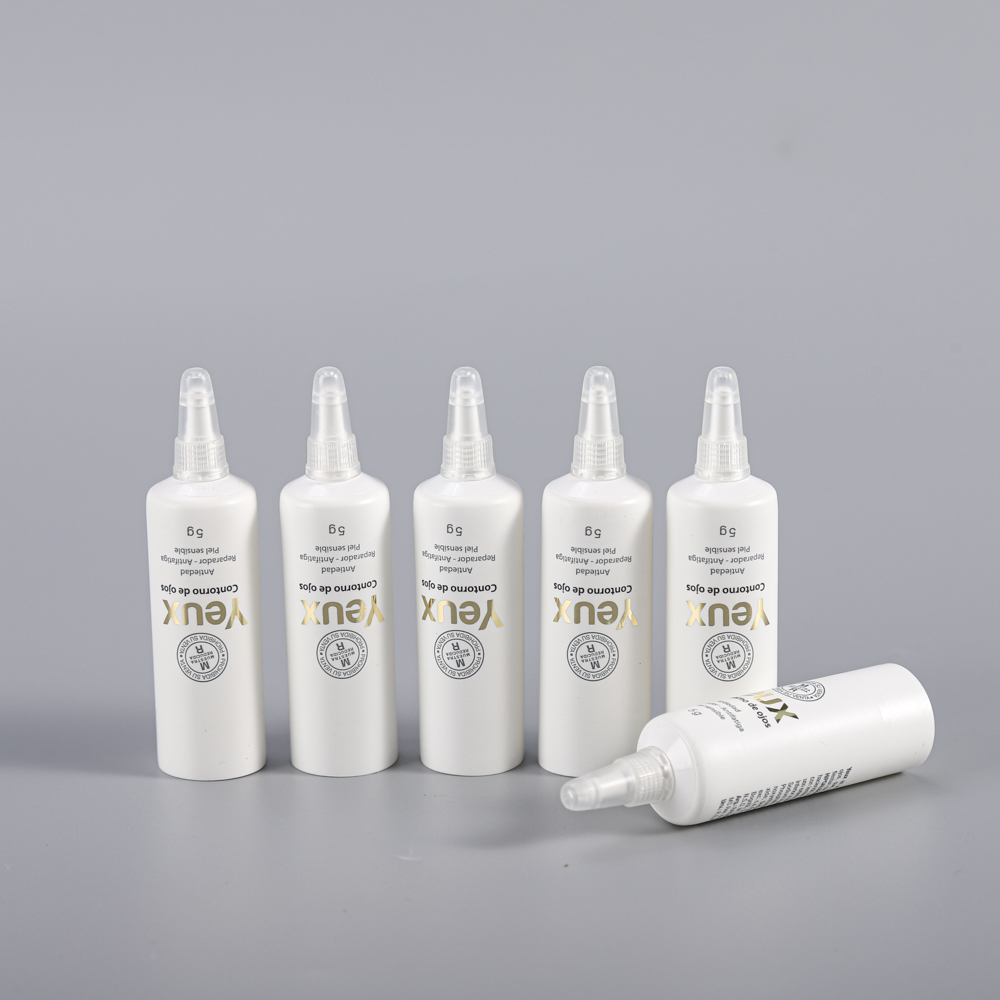(A) Basic construction quality and inspection requirements of the foundation 1. General construction on a foundation material, including sand, stone, cement, steel, lime, coal ash powder should meet national test standards.
At the end of the foundation construction, quality acceptance should be carried out after an intermittent period, and the interval is determined by design.
The foundation reinforcement project shall be tested and constructed before the formal construction, and the set construction parameters and reinforcement effects shall be demonstrated. The test load for verifying the reinforcement effect shall be not less than 2 times of the design load.
2. Basic requirements for the test of soil replacement mats, strong side and other methods for the completion of ash foundations, sand and gravel foundations, geosynthetic composite foundations, fly ash foundations, strong poor foundations, grouted foundations, preloaded foundations The resulting result (foundation strength or bearing capacity) must meet the design requirements.
The number of inspections per unit of engineering shall not be less than 3 points. For projects above 1000m 2 , there shall be at least 1 point per 100m2 and more than 3000m 2 , with at least 1 point per 300m 2 . There should be at least 1 point for each independent base and 1 point for every 20 meters of the base.
3. Basic requirements for inspection of composite foundations and other treatment methods For various composite foundations such as cement-soil mixing piles, the bearing capacity test shall be 1% to 1.5% of the total, but not less than 3.
(II) Key points of quality inspection methods for foundation treatment 1. Construction of cushions The construction quality inspection of cushions must be carried out in layers. After the compaction coefficient of each layer meets the design requirements, the upper soil is laid.
2. Pre-pressing acceptance test The vertical deformation and average consolidation degree of the pressurized soil layer within the treatment depth of the drainage shaft and below the bottom of the shaft shall meet the design requirements. The in-situ cross-plate shear test and indoor geotechnical test shall be carried out on the pre-pressed foundation soil.
3. When the vibration generated by strong and poor construction will have harmful effects on neighboring buildings or equipment, monitoring points should be set, and anti-vibration or vibration isolation measures such as digging vibration trenches should be taken.
At the end of the foundation construction, quality acceptance should be carried out after an intermittent period, and the interval is determined by design.
The foundation reinforcement project shall be tested and constructed before the formal construction, and the set construction parameters and reinforcement effects shall be demonstrated. The test load for verifying the reinforcement effect shall be not less than 2 times of the design load.
2. Basic requirements for the test of soil replacement mats, strong side and other methods for the completion of ash foundations, sand and gravel foundations, geosynthetic composite foundations, fly ash foundations, strong poor foundations, grouted foundations, preloaded foundations The resulting result (foundation strength or bearing capacity) must meet the design requirements.
The number of inspections per unit of engineering shall not be less than 3 points. For projects above 1000m 2 , there shall be at least 1 point per 100m2 and more than 3000m 2 , with at least 1 point per 300m 2 . There should be at least 1 point for each independent base and 1 point for every 20 meters of the base.
3. Basic requirements for inspection of composite foundations and other treatment methods For various composite foundations such as cement-soil mixing piles, the bearing capacity test shall be 1% to 1.5% of the total, but not less than 3.
(II) Key points of quality inspection methods for foundation treatment 1. Construction of cushions The construction quality inspection of cushions must be carried out in layers. After the compaction coefficient of each layer meets the design requirements, the upper soil is laid.
2. Pre-pressing acceptance test The vertical deformation and average consolidation degree of the pressurized soil layer within the treatment depth of the drainage shaft and below the bottom of the shaft shall meet the design requirements. The in-situ cross-plate shear test and indoor geotechnical test shall be carried out on the pre-pressed foundation soil.
3. When the vibration generated by strong and poor construction will have harmful effects on neighboring buildings or equipment, monitoring points should be set, and anti-vibration or vibration isolation measures such as digging vibration trenches should be taken.
An eyedrop tube packaging is a small, plastic container with a nozzle that is used to administer liquid medication directly into the eye. The tube is typically made of a clear, flexible plastic material that can be squeezed to release drops of medication. The nozzle is designed to fit over the eye and deliver a precise amount of medication with each drop. Eyedrop tubes are commonly used to treat a variety of eye conditions, such as dry eyes, allergies, and infections. They can be purchased over-the-counter or prescribed by a doctor.

Eyedrop Tube
Suzhou Sanxin Tube Co.,Ltd. , https://www.packagingest.com